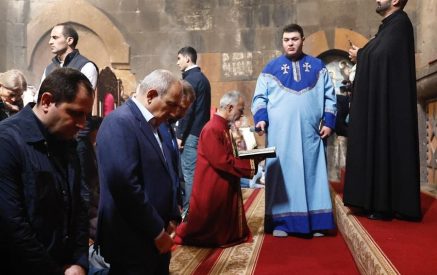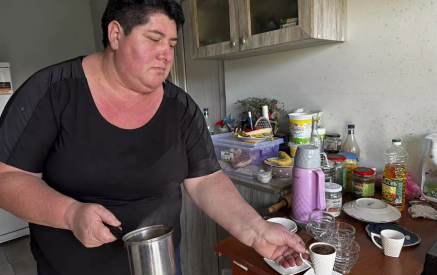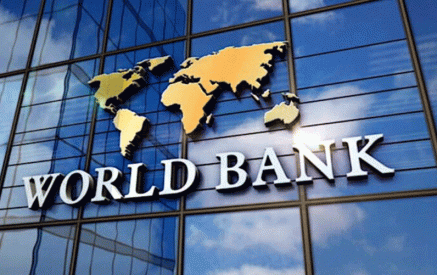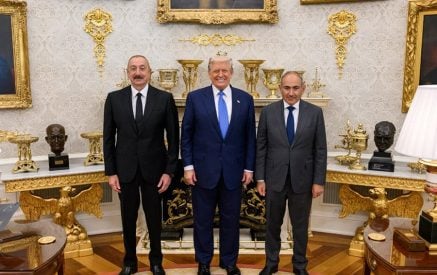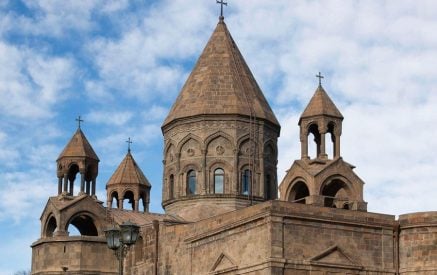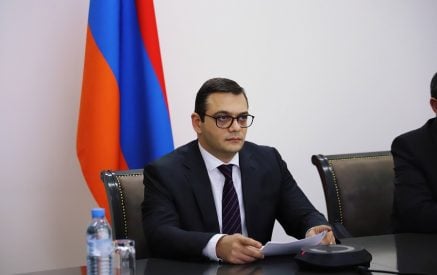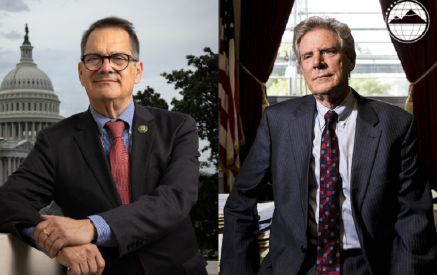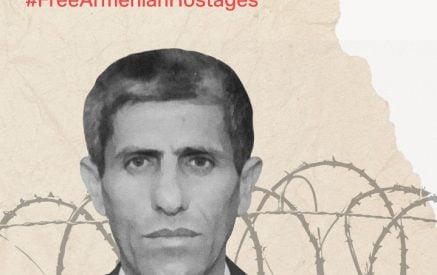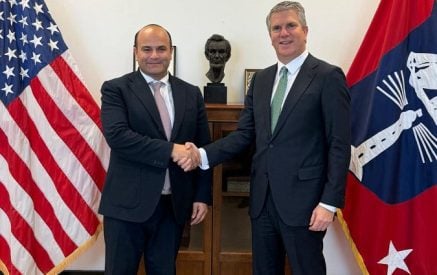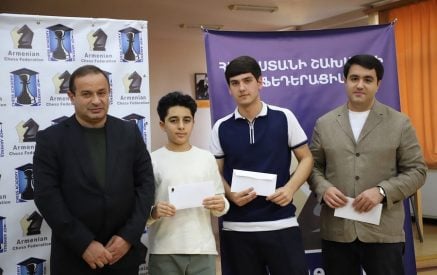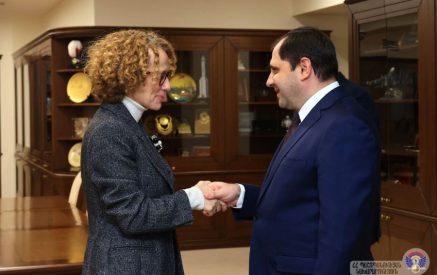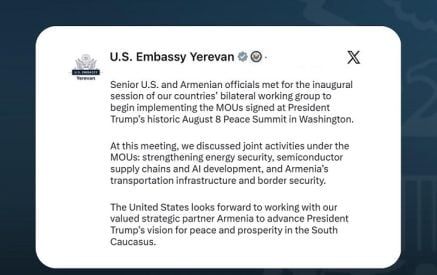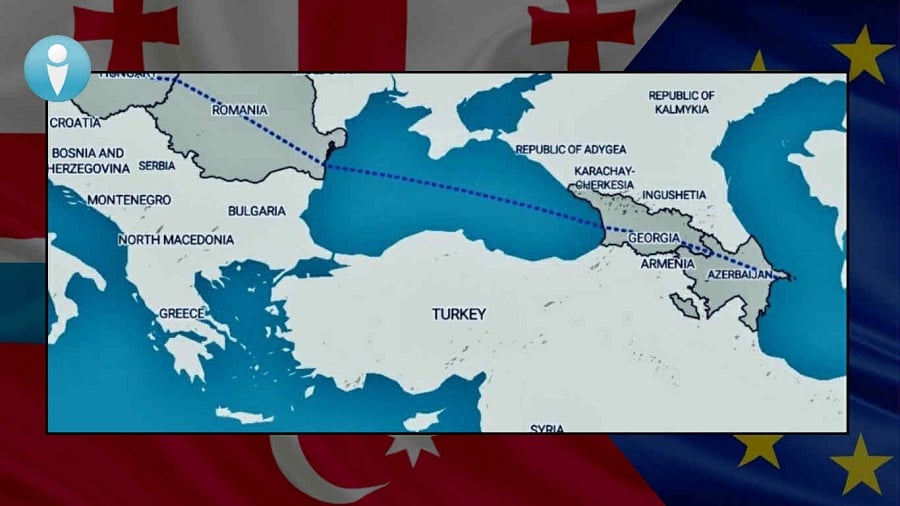The European Union has initiated the Caspian-European Union Green Energy Corridor project aimed at ensuring its energy security and replacing Russian energy carriers. It involves two South Caucasus countries, Azerbaijan and Georgia, as well as three EU member states, namely Romania, Hungary, and Bulgaria.
The aim of the project is to connect the South Caucasus power grid with the European Union and supply electricity (including solar) from our region to the EU. It is known that Armenia has also officially expressed a desire to join the project, however key recent developments of the project implementation suggest that the country seems to have been left out of it.
Involvement in the project is of strategic importance for Armenia, in particular, it will allow the country to ensure its energy security and independence, become a green energy producer, potentially turning into a transit country and exporting its own energy resources.
Moreover, joining the EU energy grid will significantly increase the potential for creating profitable solar and nuclear power capacities in Armenia. And finally, it will also allow Armenia to significantly reduce energy dependence on the Russian Federation which instrumentalizes this factor for exerting political pressure on Armenia.
Read also
The Union of Informed Citizens addressed the energy project, its developments, and the issue of Armenia’s involvement.
€2.3 billion for the project connecting Central Asia, South Caucasus, and the EU
In April 2025, Minister of Energy of Azerbaijan Parviz Shahbazov told Euronews that the project had already entered a practical phase.
The Azerbaijani official also noted that the four countries involved in the project (with the exception of Bulgaria, which joined later) have already established a joint venture, the Green Energy Corridor Power Company (GECO) to handle the implementation and investment issues of the project.
On December 17, 2022, in Bucharest, Azerbaijan, Georgia, Romania and Hungary signed the Strategic Partnership Agreement for Green Energy Development and Transmission under which it is planned to build an energy corridor from the South Caucasus region to Europe.
This involves laying a 1,195 km long high-voltage power transmission cable, of which 1,100km will be submarine in the Black Sea. It should connect wind farms to be built on the Caspian Sea coast of Azerbaijan to Georgia, passing through the Black Sea, and reaching Hungary via Romania.
Graphic map of the project
The cable will have a capacity of 1 GW.
According to various estimates, the cable laying will take three to four years, the project is scheduled to be completed in 2030. The European Commission plans to allocate EUR 2.3 billion for its implementation.
The active process of project implementation and new actors
Already on July 25, 2023, the governments of the four countries signed an agreement on the creation of a joint venture for the implementation of the project: referred to as the Green Energy Corridor Power Company (GECO) mentioned in the introduction to the article.
And a year later, in May 2024, the countries’ electricity grid operators signed a memorandum on the creation of a corresponding enterprise. Early in 2025, according to the website of the Georgian national operator, the joint venture completed the process of official registration in Romania.
It should also be noted that in June 2025, a decision was made to involve another Black Sea country in the project, Bulgaria.
This year, it also became known that Central Asian countries are also taking active steps to join the project. Azerbaijan, Kazakhstan and Uzbekistan signed a memorandum with the Asian Development Bank and the Asian Infrastructure Investment Bank to finance a project to export green energy to Europe.
In fact, this project expanded into Central Asia-South Caucasus-EU Green Energy Corridor.
Yerevan has expressed its desire to join
Official Yerevan has expressed its desire to join the project at the highest level on various occasions.
Specifically during his visit to Georgia in January 2024, Armenian Prime Minister Nikol Pashinyan emphasized the need to ensure inclusiveness in regional and extra-regional projects.
“… will enable all states in the region to participate in economic processes, promote cooperation and increase efficiency. A vivid example of this is the Black Sea submarine cable project joining which is of high interest to Armenia,” he said.
Later, in October 2024, the Ministry of Territorial Administration and Infrastructure of the Republic of Armenia assured the press that Armenia was making an effort to join the project to lay the Georgia-Romania power cable under the Black Sea.
The Ministry reported that Armenia was working on it with the countries involved at various levels, in particular Georgia. It was also noted that the format and terms of cooperation will be discussed upon receiving the consent of the countries of concern.
The government claims that the works to join the project are ongoing
The Union of Informed Citizens has sent inquiries to a number of Armenian state agencies to receive an update on the current stage of ongoing works for Armenia to join the project and whether it is likely or not.
In response to the UIC inquiry, the RA Ministry of Territorial Administration and Infrastructure stated that Armenia is working on joining the project.
“Considering the projects for the construction of the Armenia-Georgia and Armenia-Iran 400 kW power transmission lines implemented in the scope of infrastructure development, the Armenian side has repeatedly expressed its interest in participating in the project for the construction of the Georgia-Romania submarine cable, and certain work has already been carried out to this end, both in technical and political terms,” reads the response to the inquiry.
It is also noted that the Armenian side has developed a draft memorandum of understanding on cooperation in the energy sector between the Ministry of Territorial Administration and Infrastructure of the Republic of Armenia, the Ministry of Economy and Sustainable Development of Georgia, and the Ministry of Energy of Hungary.
However, in response to the mentioned trilateral memorandum, two separate memorandums of understanding were received from the mentioned countries, which are currently under discussion.
The UIC also sent an inquiry to the Ministry of Foreign Affairs of the Republic of Armenia on the subject matter, which only stated that Armenia is not yet a party to the project and in case of additional developments, the public will be duly informed.
It should also be noted that the UIC sent separate inquiries to the European Commission, the governments of Hungary, Romania, Georgia and Azerbaijan a few weeks ago to find out their perspective on Armenia’s accession to the project.
As of the moment, the UIC has not yet received responses from the mentioned entities. The responses will be published by the organization once received.
Nane Manasyan
Union of Informed Citizens


